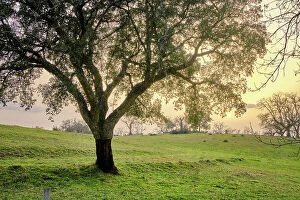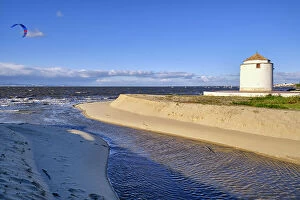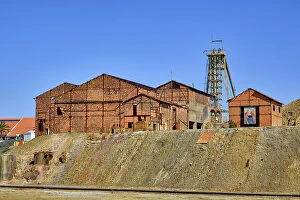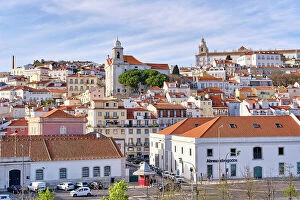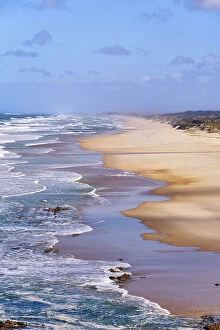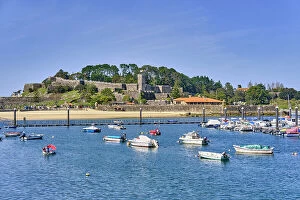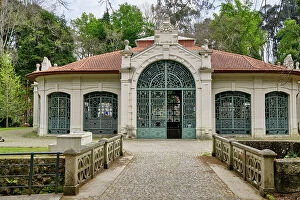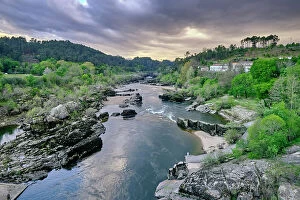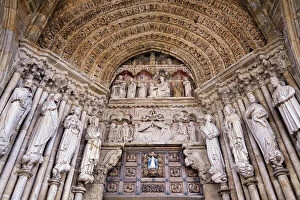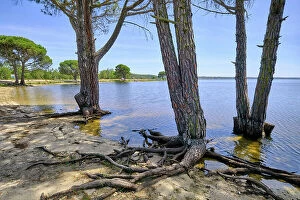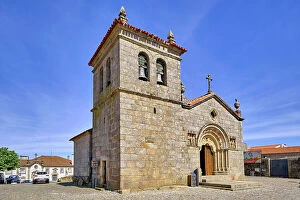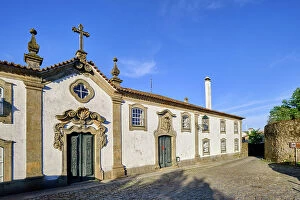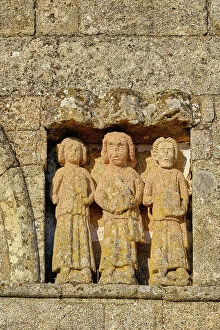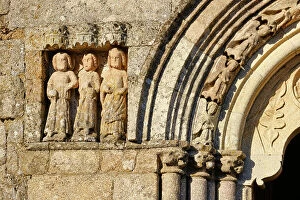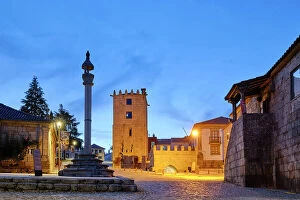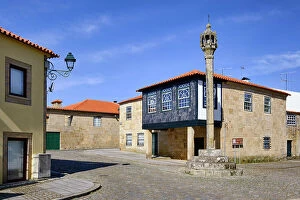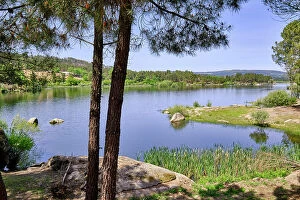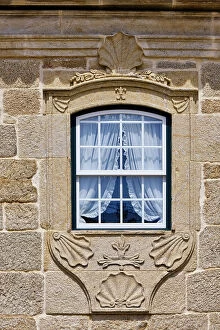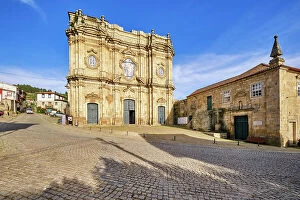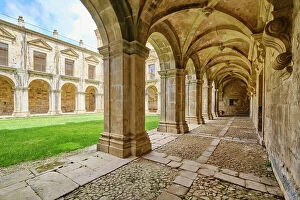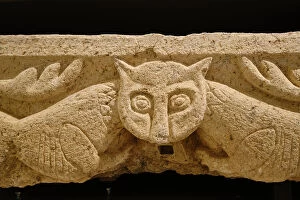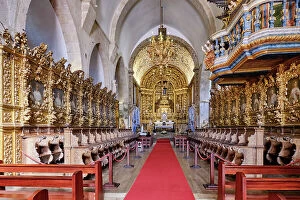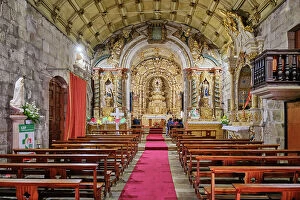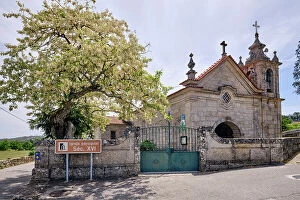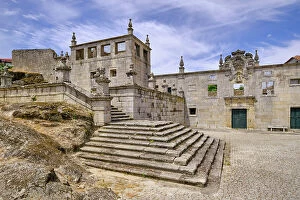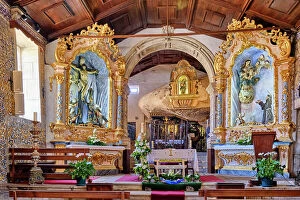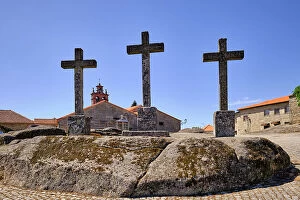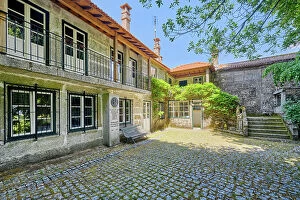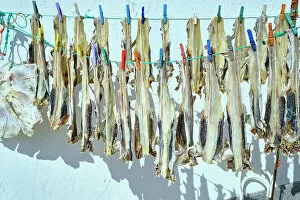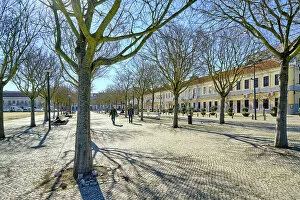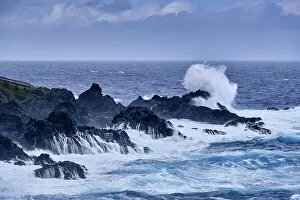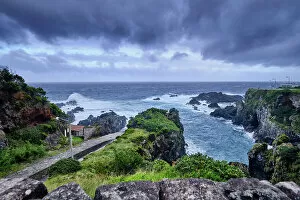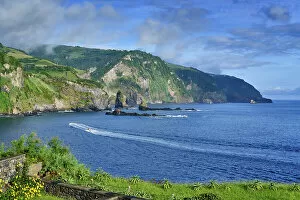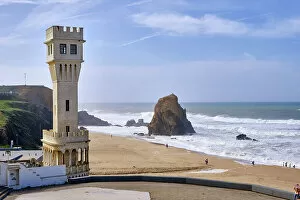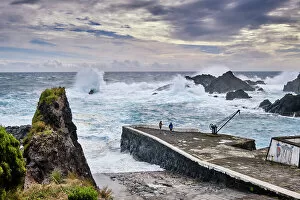Mauricio Abreu Collection (page 6)
Mauricio Abreu, a man of diverse passions and worldly experiences, finds solace in the beauty that surrounds him
For sale as Licensed Images
Choose your image, Select your licence and Download the media
Mauricio Abreu, a man of diverse passions and worldly experiences, finds solace in the beauty that surrounds him. As he gazes at the mesmerizing Rachenitsa Dance captured by Ivan Mrkvicka in 1894, Mauricio is transported to a world filled with vibrant energy and cultural richness. From the fishing harbour of Lagos in Portugal's Algarve region to the enchanting beach of Carvoeiro at dusk, Mauricio embraces nature's wonders with awe and appreciation. The rhythmic waves crashing against the shore mirror his own inner harmony. Exploring new horizons, Mauricio discovers the captivating Rynek (Market Square) and Old Town Hall while strolling through an ancient European city. In Funchal, Madeira, as the sun sets over picturesque landscapes, he marvels at nature's paintbrush creating breathtaking hues across the sky. Venturing further eastward to Wroclaw in Poland, Mauricio immerses himself in history as he wanders through the Ostrow Tumski district alongside the tranquil Oder river. Handmade wooden Polish Jews in Krakow tell tales of resilience and heritage etched into their crafts. His thirst for knowledge takes him to Rome where Roman mosaics at Baths of Caracalla transport him back centuries ago when Emperor Caracalla ruled with grandeur. In Kolkata (Calcutta), India stands Parasnath Jain Temple - a testament to spiritual devotion amidst bustling city life. The walled town of Cuenca beckons Mauricio with its UNESCO World Heritage Site status; it whispers stories from Castilla la Mancha's past while preserving its timeless charm. Crossing Lisbon's Tagus river on 25 de April bridge evokes memories reminiscent of San Francisco's Golden Gate Bridge; both iconic structures connecting people and cultures. Finally reaching Santa Cruz da Graciosa above Azores' Graciosa island unveils a breathtaking panorama.

